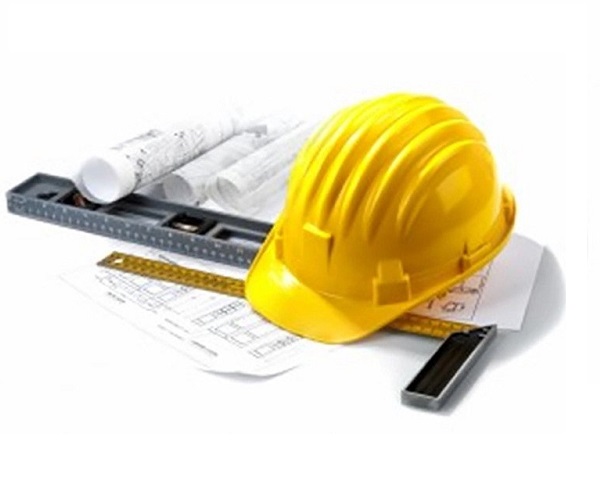Price: $24.99
Mathematical Calculations
Students will become familiar with current ASP test content, practice successful test-taking strategies, and demonstrate competency on assessments. This course teaches students how to take the ASP exam.
Course Modules - (22)
Accessible on any computer or mobile device, this comprehensive study guide contains short video lessons and interactive practice quizzes to help you quickly master all of the ASP test's exam topics.
Learning Outcomes:
Students may request IACET CEU credit upon successful completion of the course, provided all required criteria are met. This option is available for those who wish to receive official recognition of their continuing education.
Completion Requirements:
Online classes tend to be more cost-effective than in-person courses. You can save on travel expenses, lodging, and other associated costs, making online training a more budget-friendly option. Additionally, online courses can often be completed more quickly than their in-person counterparts, as you can work through the material at your own pace and without the constraints of a fixed class schedule.


